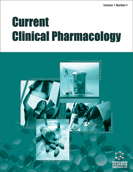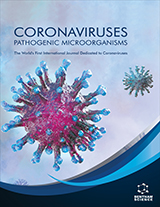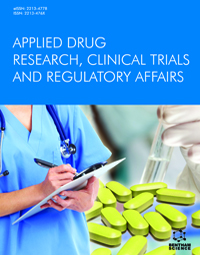Abstract
Diabetes mellitus is a group of metabolic diseases characterized by
hyperglycemia, resulting from defects in insulin secretion, insulin action, or both. Type
2 diabetes mellitus (T2DM) is typically characterized by insulin resistance, wherein
there is a cross-talk involving obesity and inflammation. Symptoms of T2DM include
polyuria, polydipsia, and weight loss, often accompanied by polyphagia, blurred vision,
growth impairment, etc. The disease burden is often complicated by secondary
complications like retinopathy, nephropathy, peripheral and autonomic neuropathy,
increased incidence of atherosclerosis, peripheral and cerebrovascular diseases.
Advances in understanding the pathophysiology involved in disease progression have
led to the exploration of novel targets like glucose transporters, incretin-based
therapies, SGLT-1/SGLT-2 modulation, AR/PTP1B dual inhibitors, PPAR-based
therapies, NFκB and modulation of IRS for the management of T2DM. Various in vitro
and in vivo studies have strongly suggested the potential of phytochemicals for the
treatment of different pathological conditions associated with hyperglycemia and its
complications. Different secondary metabolites have shown promising results in the
treatment of different metabolic disorders, including T2DM, by different mechanisms
of action. This chapter aims to provide an overview of some of the major
phytochemicals, currently investigated for their potential activity against T2DM along
with the mechanisms contributing to glycemic control.






















